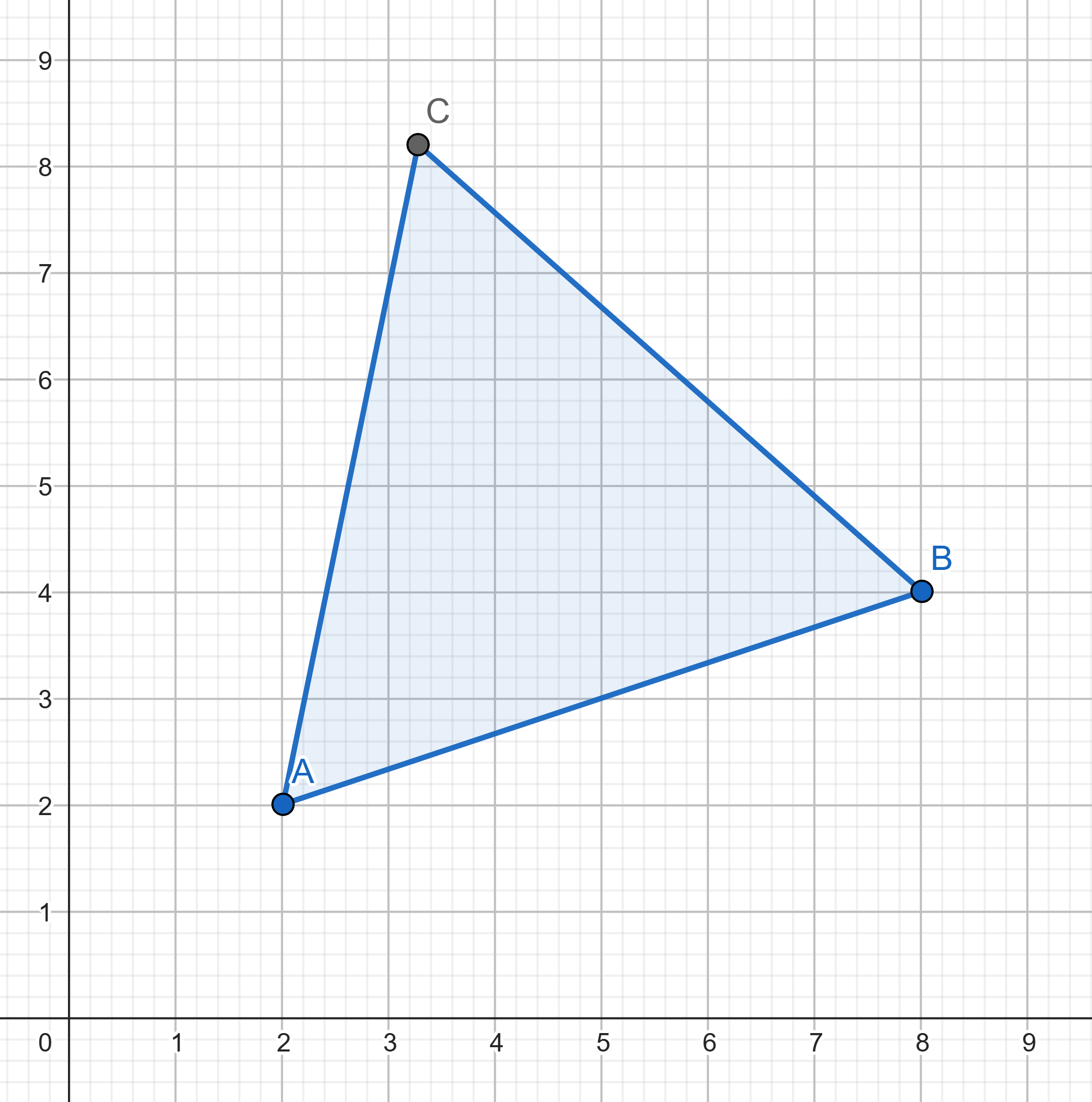Problems
Let \(r\) be a rational number and
\(x\) be an irrational number (i.e. not
a rational one). Prove that the number \(r+x\) is irrational.
If \(r\) and \(s\) are both irrational, then must \(r+s\) be irrational as well?
Definition: We call a number \(x\) rational if there exist two
integers \(p\) and \(q\) such that \(x=\frac{p}{q}\). We assume that \(p\) and \(q\) are coprime.
Prove that \(\sqrt{2}\) is not
rational.
Let \(n\) be an integer such that \(n^2\) is divisible by \(2\). Prove that \(n\) is divisible by \(2\).
Let \(n\) be an integer. Prove that if \(n^3\) is divisible by \(3\), then \(n\) is divisible by \(3\).
The numbers \(x\) and \(y\) satisfy \(x+3 = y+5\). Prove that \(x>y\).
The numbers \(x\) and \(y\) satisfy \(x+7 \geq y+8\). Prove that \(x>y\).
There exist various ways to prove mathematical statements, one of the possible methods, which might come handy in certain situations is called Proof by contradiction. To prove a statement we first assume that the statement is false and then deduce something that contradicts either the condition, or the assumption itself, or just common sense. Thereby concluding that the first assumption must have been wrong, so the statement is actually true.
Can three points with integer coordinates be the vertices of an
equilateral triangle?

Prove that there are infinitely many natural numbers \(\{1,2,3,4,...\}\).
Prove that there are infinitely many prime numbers \(\{2,3,5,7,11,13...\}\).